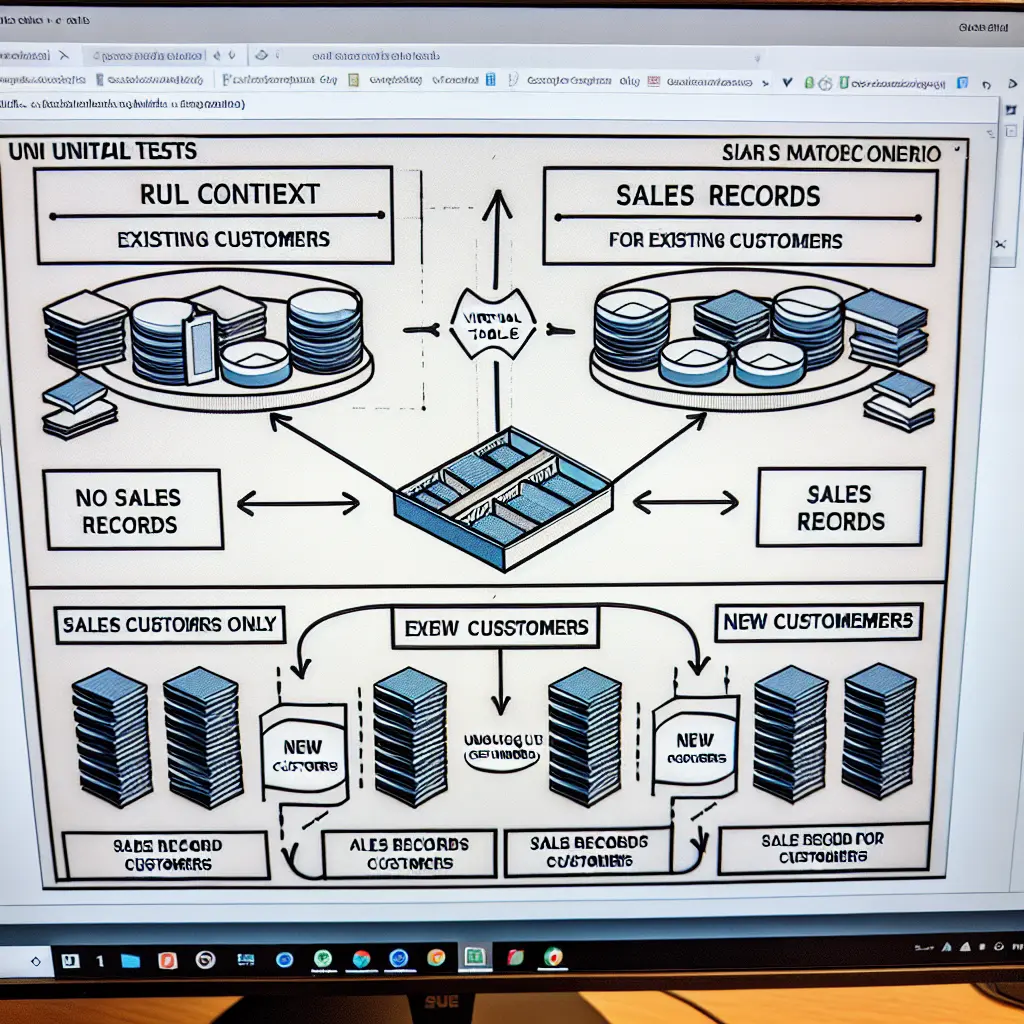Prompt
// Creating a measure for New Customers
NewCustomers :=
CALCULATE (
DISTINCTCOUNT ( Sales[CustomerID] ), // Counting unique customers
FILTER ( // Filtering the Sales table
ALL ( Sales ), // Considering all rows irrespective of an existing filter
Sales[CustomerID] // Sales records for a Certain Customer
IN CALCULATETABLE ( // Creating a derived table
VALUES ( Sales[CustomerID] ), // Unique Customers
FILTER (
ALL ( Sales[Date] ), // Taking all dates ignoring the existing filter
Sales[Date] <= MAX ( Sales[Date]) // Taking dates less than or equal to the maximum date which is the considered period (month and year context)
),
Sales[SalesAmount] // Sales must be greater than zero
)
)
)
isnt there a much easier way to write this, using EXCEPT function, comparing a virtual table of customer is current context versus all previous customers in prior monthsnwhich you could easily get using a CALCULATETABLE FUNCTION
Answer
Simplified Code // Creating a measure for New Customers NewCustomers := CALCULATE ( DISTINCTCOUNT ( Sales[CustomerID] ), EXCEPT ( VALUES ( Sales[CustomerID] ), // Unique Customers in the current context CALCULATETABLE ( VALUES ( Sales[CustomerID] ), // Unique Customers in prior months ALL ( Sales[Date] ), // Ignoring the existing filter Sales[Date] <= MAX ( Sales[Date] ) ) ) )
The simplified code uses the EXCEPT function to compare a virtual table of customers in the current context with all previous customers in prior months. The EXCEPT function returns the unique customers that are in the first virtual table but not in the second virtual table.
Unit Testing To test the functionality of the simplified code, you can use the following unit tests:
Test 1: When there are no sales records
- Set the Sales table to an empty table
- Verify that the NewCustomers measure returns 0
Test 2: When there are sales records for existing customers only
- Set the Sales table to a table with sales records for existing customers only
- Verify that the NewCustomers measure returns 0
Test 3: When there are sales records for new customers only
- Set the Sales table to a table with sales records for new customers only
- Verify that the NewCustomers measure returns the count of new customers
Test 4: When there are sales records for both existing and new customers
- Set the Sales table to a table with sales records for both existing and new customers
- Verify that the NewCustomers measure returns the count of new customers
By performing these unit tests, you can ensure that the simplified code accurately calculates the count of new customers.
Description
This simplified code uses the EXCEPT function to compare a virtual table of customers in the current context with all previous customers in prior months. It returns the unique customers that are in the first virtual table but not in the second virtual table. To test the functionality of the code, you can perform unit tests with different scenarios such as no sales records, sales records for existing customers only, sales records for new customers only, and sales records for both existing and new customers. These unit tests will help ensure that the code accurately calculates the count of new customers.
